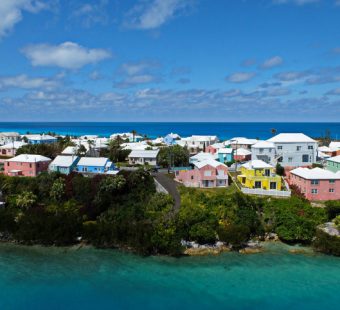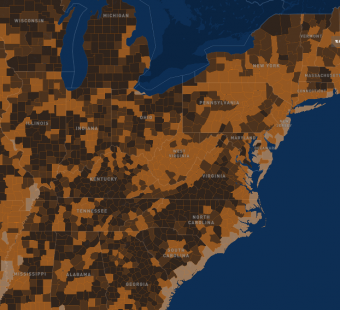
Triple-I CEO: Insurance Leading on Climate Risk
Jeff Dunsavage, Senior Research Analyst, Triple-I, June 3, 2021
Triple-I CEO Sean Kevelighan recently briefed regulators on the steps U.S. insurers are taking to reduce climate-related risks as weather-related catastrophes increase in frequency and severity.
Environmental, Social, and Governance (ESG) issues are in the insurance industry’s DNA, Sean said in a panel discussion hosted by the National Association of Insurance Commissioners’ (NAIC) Climate and Resiliency Task Force. “While ESG priorities may seem new to many industries, insurers have long been involved in understanding and addressing these and other risk factors as a fundamental part of doing business.”
Speaking on the first day of the 2021 Atlantic hurricane season, Sean pointed out investment decisions made by leading insurers that he said will likely lead to carbon emission reductions.
“Insured losses caused by natural disasters have grown by nearly 700 percent since the 1980s, and four of the five costliest natural disasters in U.S. history have occurred over the past decade,” he said.
To illustrate the point, he showed an inflation-adjusted chart showing an annual average of $5 billion in natural disaster-caused insured losses incurred in the 1980s. That figure jumped to an annual average of $35 billion in the 2010s, the same Triple-I analysis found.
U.S. insurers paid out $67 billion in 2020 due to natural disasters. The insured losses emerged in part as the result of 13 hurricanes, five of the six largest wildfires in California’s history, and a derecho that caused significant damage in Iowa.
Given the millions of Americans who live in harm’s way, the Triple-I launched its Resilience Accelerator initiative to help people and communities better manage risk and become more resilient, Sean said. The goal of the Triple-I’s Resilience Accelerator is to demonstrate the power of insurance as a force for resilience by telling the story of how insurance coverage helps governments, businesses and individuals recover faster and more completely after natural disasters.
“The insurance industry’s focus on resilience is starting to pay dividends as more Americans recognize the very real risks their residences face from floods, hurricanes, and other natural disasters,” Sean continued.
A Triple-I Consumer Poll released in September 2020 found 42 percent of homeowners had made improvements to protect their homes from floods and 39 percent had done the same to protect their homes from hurricanes.



